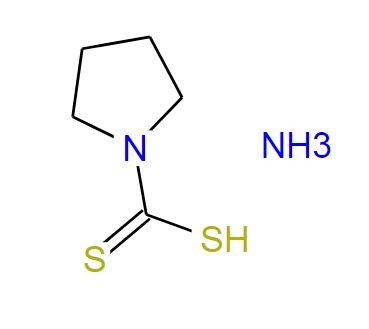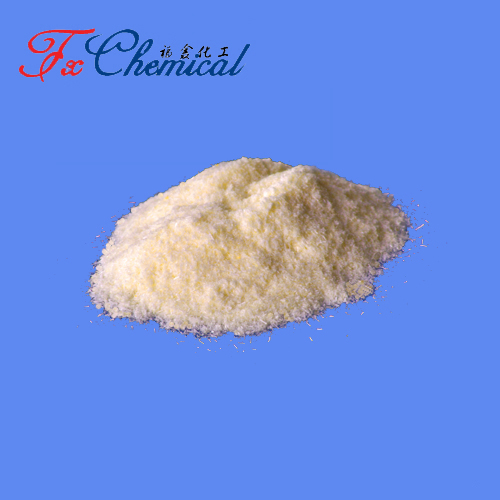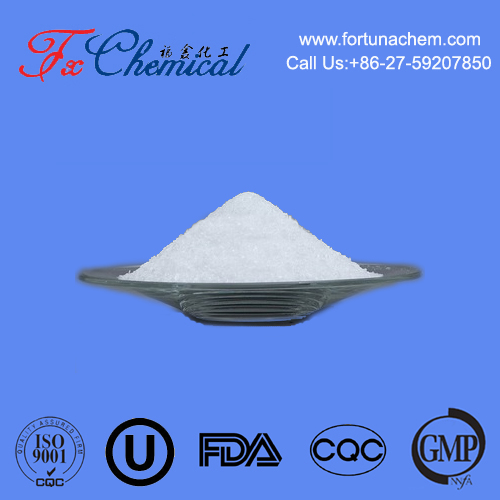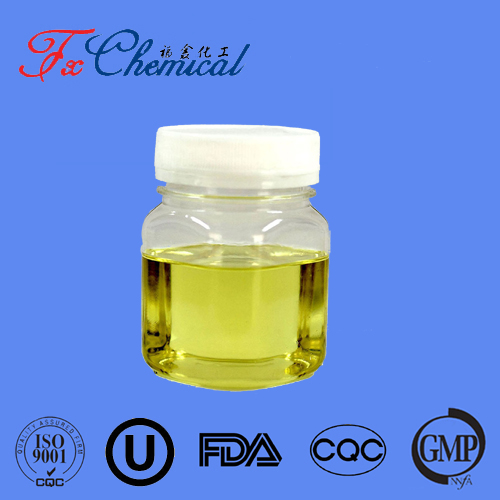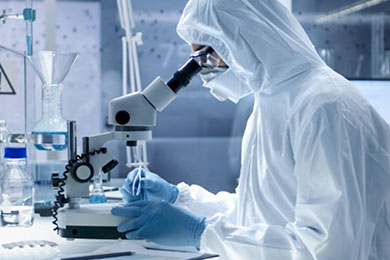
Search

Search

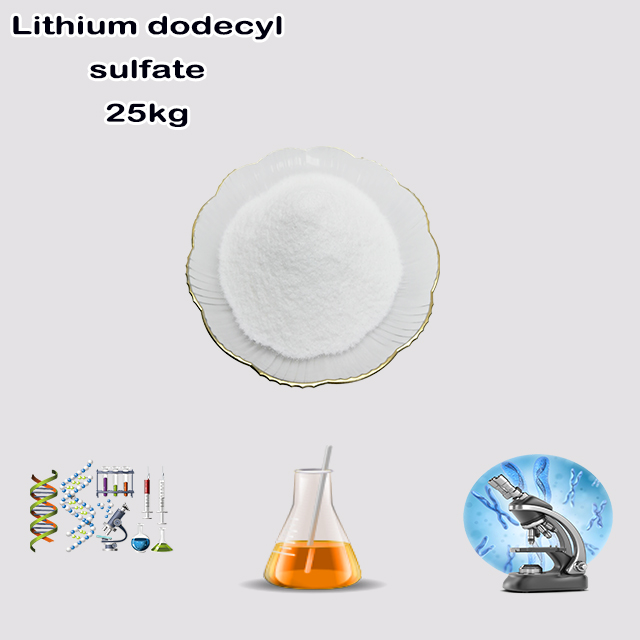
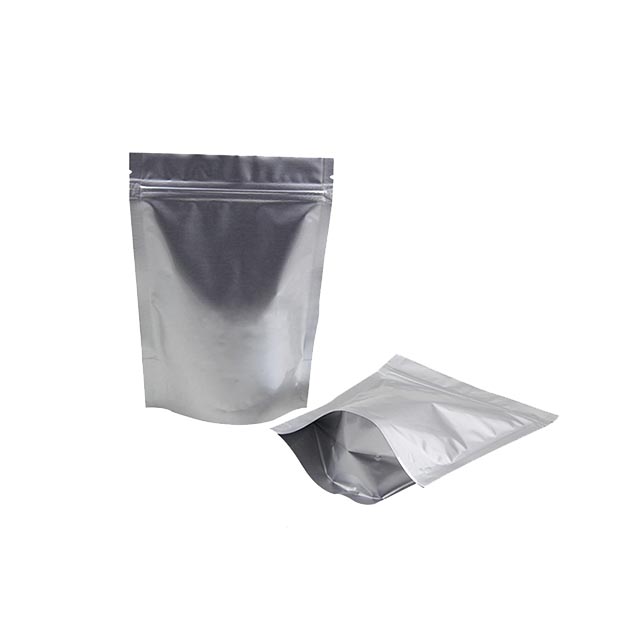
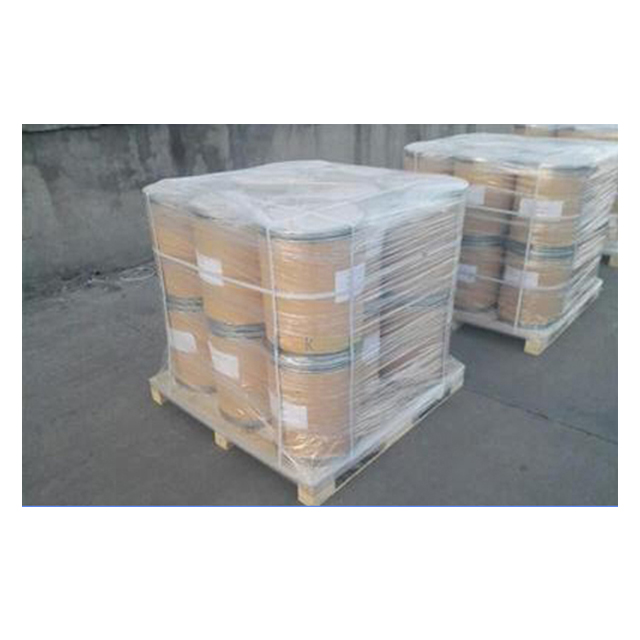
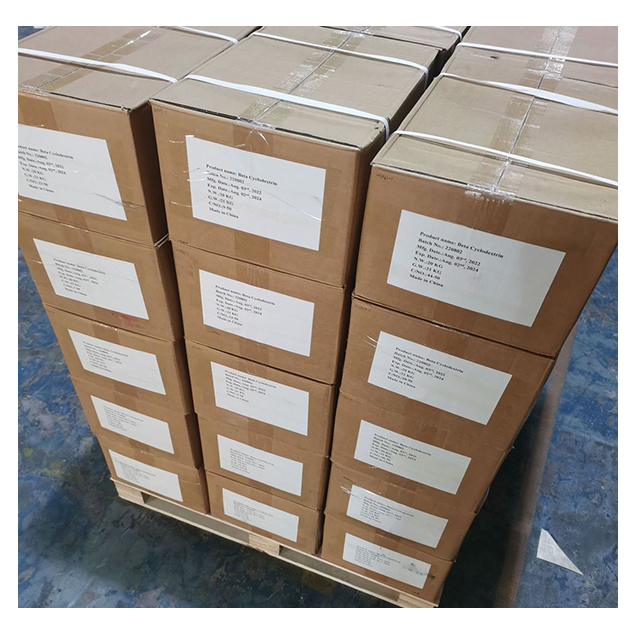
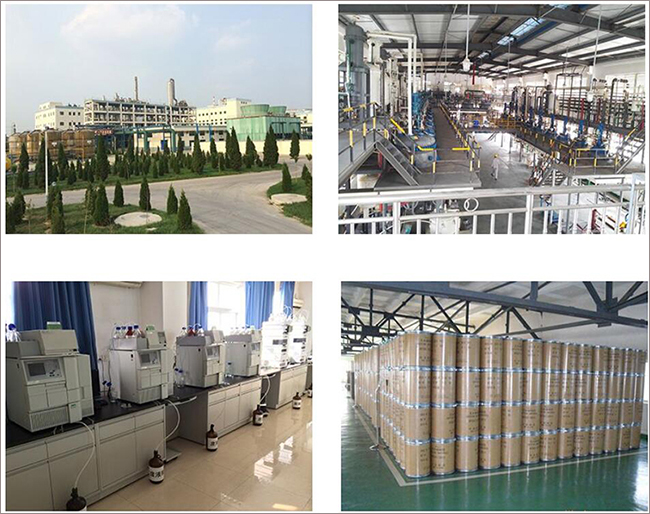





Lithium dodecyl sulfate (LiDS) is the lithium salt of dodecyl sulfate, an anionic surfactant. Its chemical formula is CH₃(CH₂)₁₁OSO₃Li.
Structurally similar to the common detergent sodium dodecyl sulfate (SDS), its key difference is the lithium counterion (Li⁺). This makes LiDS significantly more soluble in organic solvents (like alcohols, ethers) compared to SDS or potassium salts.
This unique solubility drives its primary use in specialized research:
Non-aqueous systems: Micelle formation, catalysis, or microemulsions in organic solvents.
Lithium-ion batteries: Investigated as a potential electrolyte additive for improved stability.
Organic-phase synthesis: Stabilizing nanoparticles or acting as a templating agent.
In short, LiDS is an SDS analogue valued for its organic solvent compatibility, enabling applications where common surfactants fail.
Lithium dodecyl sulfate (LiDS) is the lithium salt of dodecyl sulfate, an anionic surfactant. Its chemical formula is CH₃(CH₂)₁₁OSO₃Li.
Here's a breakdown of its key aspects:
Chemical Structure:
Hydrophobic Tail: A dodecyl chain (CH₃(CH₂)₁₁-), which is a 12-carbon alkyl chain. This part is non-polar and lipophilic (oil-loving).
Hydrophilic Head: A sulfate group (OSO₃⁻) complexed with a lithium ion (Li⁺). This part is polar and hydrophilic (water-loving).
Classification:
Anionic Surfactant: Its surface-active properties come from the negatively charged sulfate head group.
Alkyl Sulfate: Belongs to the class of surfactants where a sulfate group is attached to a linear alkyl chain.
Key Properties:
Water: Soluble, forming micellar solutions.
Organic Solvents: Lithium salts of alkyl sulfates are generally more soluble in organic solvents (like alcohols, ethers, ketones) compared to their sodium or potassium counterparts. This is a key reason for its specific uses.
Surface Activity: Like its more famous cousin Sodium Dodecyl Sulfate (SDS), LiDS lowers the surface tension of water and forms micelles above its Critical Micelle Concentration (CMC). The CMC for LiDS is slightly higher than for SDS.
Solubility:
Detergent Properties: Exhibits good wetting, emulsifying, foaming, and detergent capabilities typical of anionic surfactants.
Physical Form: Typically a white powder or crystalline solid.
Comparison to Sodium Dodecyl Sulfate (SDS):
Slightly higher CMC.
Different micelle shape/packing parameters (potentially forming smaller micelles).
Significantly higher solubility in organic solvents. This is its most significant distinguishing feature.
The core surfactant action is very similar.
The main difference lies in the counter-ion (Li⁺ vs. Na⁺).
Lithium's smaller ionic radius compared to sodium leads to:
Primary Applications:
Organic Solvent Systems: Used in micellar catalysis, phase-transfer catalysis, or creating microemulsions in non-aqueous media.
Lithium-Ion Battery Research: Investigated as a potential additive or component in electrolytes due to the lithium ion and its solubility properties, aiming to improve stability or interface properties.
Nanoparticle Synthesis: Used as a stabilizer or templating agent in organic solvent-based synthesis routes.
Electrochemistry: Used in studies involving non-aqueous electrolytes.
Research & Specialty Chemistry: Its solubility in organic solvents makes it valuable in areas where SDS (which is primarily water-soluble) isn't suitable.
Model Surfactant: Used in fundamental research on surfactant behavior, particularly the effects of different counter-ions on micellization, adsorption, etc.
Safety:
Similar to SDS, it is an irritant (skin, eyes, respiratory system). Safety Data Sheets (SDS) must be consulted for handling, storage, and disposal procedures. Appropriate PPE (gloves, goggles) should be used.
In summary, Lithium Dodecyl Sulfate (LiDS) is an anionic surfactant chemically similar to the ubiquitous SDS, but its defining characteristic is its significantly higher solubility in organic solvents due to the lithium counter-ion. This property makes it a valuable tool in specialized research and applications involving non-aqueous systems, particularly in electrochemistry (like battery research) and organic-phase synthesis. It is less common than SDS for general-purpose applications.

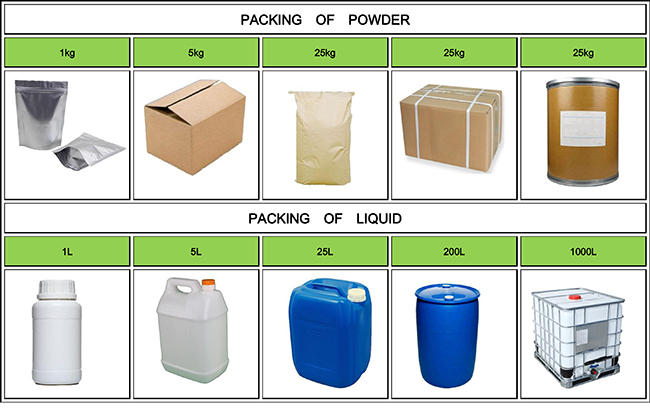


Fortunachem Provides Not Only Professional Chemical Products But Also Professional Help
Keeping you up-to-date with all the latest information, news, and events about Fortunachem!

Quick Links
Add:
E-mail:
 English
English  Español
Español  français
français  العربية
العربية 